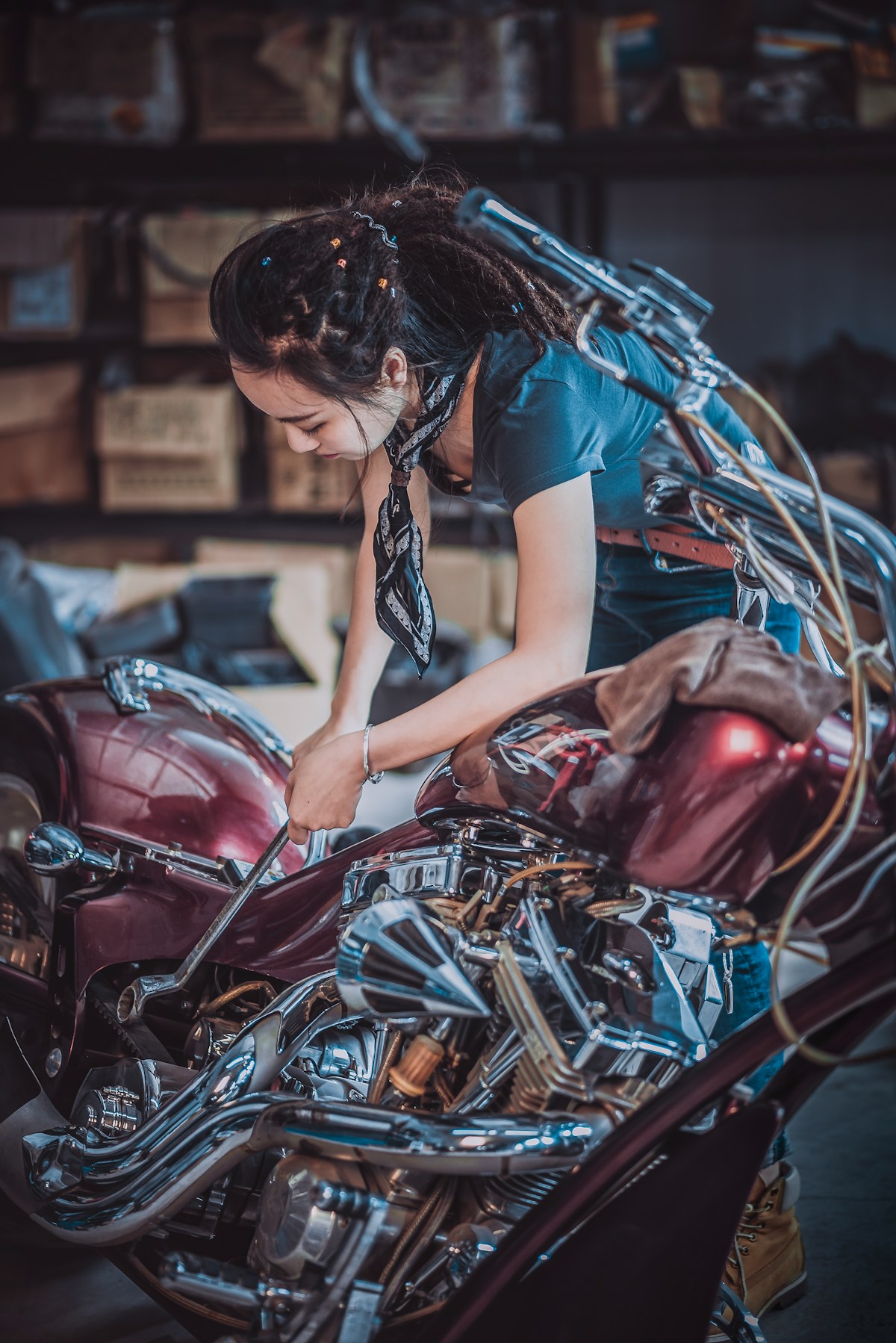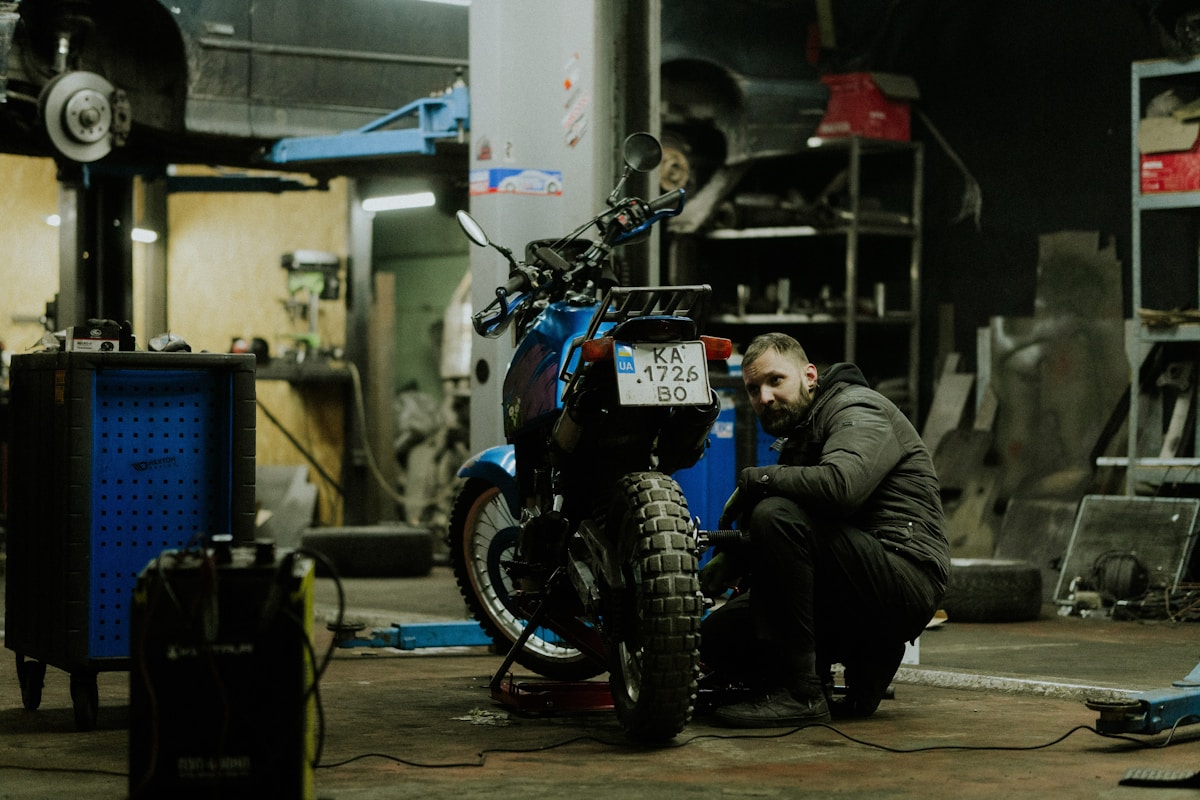There's nothing worse than getting ready to ride, only to find your motorcycle won't start. Before you start troubleshooting, ensure you have proper ventilation and take necessary safety precautions. Then, follow our step-by-step guide to identify and resolve common issues that may be preventing your motorcycle from starting.
Step 1: The Essentials
Remember that an internal combustion engine requires three things to run: compression, fuel, and spark. Your bike will either run rough or not start at all without the proper amounts of any of these elements. First one should check for simple issues like ensuring the key is turned to "On" or "Run," the kill switch is in the "Run" position, the bike is in neutral, and the kickstand is up.
Step 2: Check the Battery
If your bike isn't turning over or the starter motor is sluggish, the issue may lie with the battery. Inspect the motorcycle battery for proper connection and charge. If necessary, jump-start the engine, bump-start the bike, or replace the battery. Most garages can test your battery if you're unsure about its condition.

Step 3: Assess Your Fuel Situation
A strong starter motor and proper start-up procedure may not guarantee success if your bike lacks fuel or has stale fuel. Check the fuel tank for sufficient, fresh fuel and ensure the petcock is functioning correctly. If necessary, shake the gas tank and listen for splashing to verify fuel levels. Check the fuel control valve for clogs, corrosion, or damage that may be preventing fuel flow.
Step 4: Inspect the Spark
With the essentials in order, turn your attention to the spark. Accessing spark plugs can be easy or challenging, depending on your bike model. Once removed, visually inspect the plug, HT lead, and connectors for any signs of wear or corrosion. Test the spark by turning over the engine with the plug on a metal surface, avoiding contact with the fuel tank. Replace and check each spark plug individually if necessary.
Step 5: Check the Air/Fuel Mix
Ensure your bike is getting the right amount of air to mix with the gas. Inspect vacuum lines for cracks and holes, and make sure air can pass through your air filter/intake. A dirty filter is an easy fix, while a broken or loose vacuum line can result in too much air being drawn into the combustion chamber, altering the air/fuel mixture and preventing proper ignition.

Step 6: Test Compression
If you've ruled out other issues and your motorcycle still won't start, test the compression. You will need a compression tester for this. Some causes of low compression are worn-out piston rings, a scored piston or cylinder, a worn crank seal, or a head gasket. Fixing these issues can be more expensive and time-consuming than previous problems.
Step 7: Seek professional help
If you've tried all these steps and your motorcycle still won't start, it's time to consult with a professional mechanic. A local motorcycle mechanic can help diagnose and resolve more complex issues that may be preventing your motorcycle from starting.
Following this step-by-step guide can help you identify and resolve common issues that may prevent your motorcycle from starting. Regular motorcycle maintenance is important to ensure you can enjoy your ride for the miles ahead. Cleaning your motorcycle is an underated yet vital necessity to keep your bike running properly as well. By understanding the essentials and adopting a systematic approach, you'll be better prepared to get your bike back on the road and enjoy the ride!
